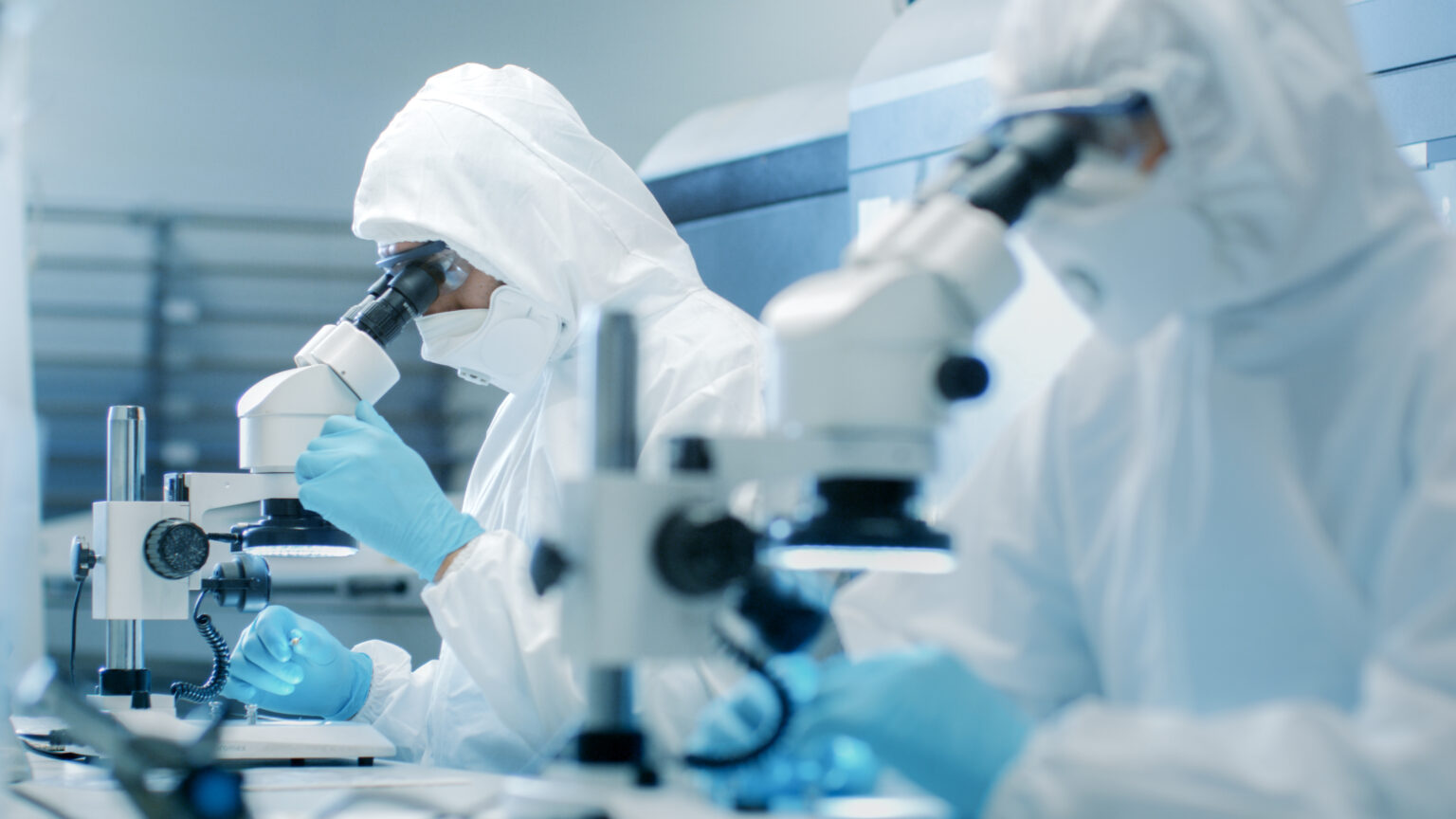
May 29, 2025
Anne M. Schuler
Method Validation, Bioburden Analysis, Sterility Testing, Endotoxin Assays, Lot Release Quantities, Bacterial Endotoxin Testing
Quality Control, USP <71>, USP <85>, ISO 11737-3
Frequently Asked Questions About Microbiological Testing for Medical Devices and Pharmaceuticals
Medical Device manufacturers must meet rigorous microbiological requirements to ensure product quality and patient safety. This FAQ addresses several important considerations related to sterility, bioburden, endotoxin testing, and method validation—offering guidance on topics that often arise during product development, lot release, and routine quality control.
Quick Navigation
Why do certain tests require a method validation before performing routine testing?
Certain tests such as bioburden analysis, sterility testing, and endotoxin assays require the intended test method be validated to demonstrate that the test article does not interfere with the method and that the method is reliable, and reproducible for its intended use. Each product has unique characteristics — such as formulation, material composition, or surface properties — that can influence test outcomes. A method that performs well with one product might not yield accurate or consistent results with another. Validating the method ensures the test performs as expected with the product’s specific attributes. Regulatory agencies and notified bodies expect test method for certain assays be validated to ensure the validity of the resulting data. Not all assays require validation, we can help you guide you through this process to ensure your products are properly tested with results you can depend on.
What quantities are required for lot release testing?
Pharmaceutical manufacturers of sterile injectables typically perform USP <71> Sterility and USP <85> Endotoxin lot release testing. The quantities required as stated in the USP are as follows.
| Number of Items in the Batch | Minimum Number of Items to be Tested for Each Medium1 (unless otherwise justified and authorized) |
|---|---|
| Small Volume Parenteral preparations | |
| Not more than 100 containers | 10% or 4 containers, whichever is the greater |
| More than 100 but not more than 500 containers | 10 containers |
| More than 500 containers | 2% or 20 containers, whichever is less |
| For large-volume parenterals | 2% or 10 containers, whichever is less |
1 Two (2) medias are used for testing.
| Lot / Batch Size | Number of Samples |
|---|---|
| <30 | 2 |
| 30 – 100 | 3 |
| ≥ 100 | 3% to not exceed 10 |
Do I need bacterial endotoxin testing if my device has cardiovascular system, lymphatic system, or cerebrospinal fluid contact?
Yes, bacterial endotoxin testing is required if your device comes into contact with cardiovascular, lymphatic, or cerebrospinal fluid systems and is labeled as non-pyrogenic. The bacterial endotoxin test (BET) is an in vitro assay for detection and quantification of bacterial endotoxins, a component of the cell wall of gram-negative bacteria, ISO 11737-3 specifically addresses the quantitation and significance of endotoxins on a medical device, providing a framework for establishing and validating acceptable endotoxin limits based on the device’s intended use and route of administration. The endotoxin limit for medial devices is not more than 20.0 EU/device unless the device will have contact with cerebrospinal fluid, in which case the limit 2.15 EU/device. Ophthalmic implants and OVD’s may be required to meet a lower limit of 0.2 EU/device or 0.2 EU/mL.
My bioburden counts have spiked recently, what actions should I take to reduce the counts?
If your bioburden counts have recently spiked, this signals a potential deviation in your manufacturing process or contamination control strategy, and it’s essential to take prompt, structured action to maintain product cleanliness. Start by conducting a thorough investigation to identify the root cause. Review recent changes across your production process—including raw material sourcing, operator handling, cleaning protocols, environmental controls, and equipment maintenance. Even minor changes, such as a new supplier or modified packaging procedure, can introduce microbial variability. Environmental monitoring data from associated areas should be analyzed for elevated microbial loads, as a spike in airborne or surface contamination may correlate with your bioburden increase. It’s also advisable to perform microbial identification on the recovered organisms to assess whether they originate from human flora, raw materials, water sources, or environmental vectors, which can guide targeted corrective actions.
Next, trend your bioburden data to determine whether the increase is isolated or part of a broader shift. Compare current results with historical averages and alert/action limits. Immediate corrective actions might include intensified cleaning, retraining personnel on aseptic handling, inspecting air filtration systems, or performing preventative maintenance on equipment. Long-term process improvements may involve revising gowning procedures, redesigning workflows to reduce contamination risk, or reevaluating raw material bioburden control measures.
Document the full investigation, including the root cause analysis, corrective and preventive actions, and any revalidation activities. Update your risk assessments, SOPs, and bioburden control strategies as needed to reflect a more robust understanding of your process variability. Consistent monitoring and swift resolution of bioburden spikes are essential for ensuring continued product safety, regulatory compliance, and patient protection.
Need Help With Your Testing Strategy?
LexaMed offers expert guidance and full-service testing to support your microbiological quality programs. If you have questions or need help with method validation, test design, or interpreting results, contact our team today at [email protected]!
Copyright @ 2025 LexaMed. All Rights Reserved